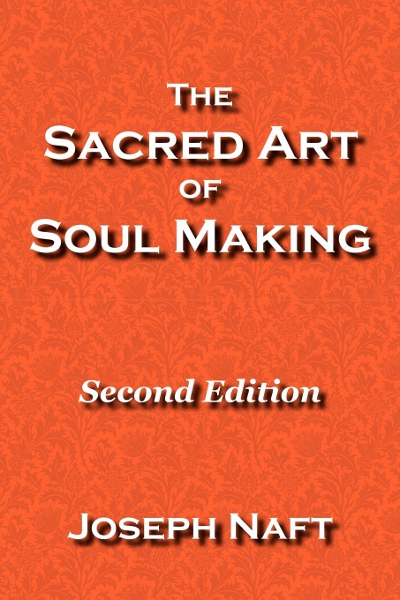|
|
Inner
Frontier Fourth Way Spiritual Practice |
|
Inner Work For the week of December 14, 2009
Body Sensation: More Frequent (Aspect 2 of 12 of the Path to Presence) In the spiritual practice of presence, a primary challenge facing us concerns how often during our normal day do we come back to presence. To meet that challenge, we first need a clear practice to come back to. For that, the relative concreteness of sensing, of bringing attention and awareness into our body, into the sensitive energy in our body, serves remarkably well. Far from being nebulous, we clearly know when we are in contact with sensation. If there is any doubt about whether we are sensing, then the answer is no. The sensing may not be strong and may be localized in a small region of our body, but we know whether our intention and attention are there, and having learned to perceive it, we know whether any sensitive energy is there. The practice of sensing affords us a definite focus when we do remember to come back to presence. Without it, we may flounder. Something reminds us to return to inner work, but then what? Do we, at that point, start considering what and how to practice? Long before we reach any conclusion about that, we very likely will be swept away with other thoughts or by some external event. By preparing ahead of time, by knowing that we will practice sensing as often as we can remember to, we are ready when the moments come, and we turn that impulse of awakening directly into the inner work of sensing as soon as the impulse arises. These momentary impulses of awakening do come and our job is not to waste them by letting them evaporate ineffectually, missing the opportunity. But beyond the issue of what practice to engage in when we do momentarily awaken looms the basic question of motivation, its strength and its depth. In the spiritual path, motivation is all important. The more we are motivated to practice, the more we do practice. Weak motivation means weak and less frequent practice. It means ignoring the opportunities that open whenever we remember the path. Strong motivation leads us to welcome those opportunities and act on them, again and again. So how do we increase our motivation, our desire to practice? We build on what motivation we have through a positive feedback loop: the more we practice, the more we see and feel its value, which leads us to practice more. This holds for the moment-to-moment work of presence, as well as for meditation and prayer. We see that presence does not interfere with our life activities, but rather enhances them. How much richer is a conversation in which you are truly present, than one in which you are inwardly preoccupied, or busy formulating what you will say next, or passing judgment, or lost in your emotional reactions to what the others are saying? Feeling the vivid richness of life in presence motivates us to practice more. An inverse feedback can also build our motivation. As our inner work continues, we may see more clearly that we ourselves are not all that we might wish to be. This lack, this shortfall can motivate us to be more, to practice presence more. For example, when a moment of awakening comes, rather than inwardly berating ourselves for not being present in the time immediately preceding that moment, we simply note our former lack and turn directly to the practice of presence, to sensing. By practicing more, we are more. Perhaps the greatest motivator consists in understanding that our inner work serves a higher purpose. The transformation of energies that takes place in presence helps the other people in our life. Our behavior is different. We tend to be calmer, more attentive, less argumentative, friendlier, more caring, more engaged. And those qualities spread a positive contagion from person to person. The work of presence lays the foundation for our own deeper transformation. And it serves the sacred by producing higher energies. All of that confers a rightness to our inner work that gives it meaning. As another, perhaps more practical and immediate motivator, we can harness our innate goal-seeking nature by counting how many times a day we return to the practice of sensing. Keep that count inwardly for a day or two. And then for the next day, set yourself a goal to maintain that number or even to increase it by a specific amount. The counting gives you a feedback mechanism, a quantitative measure that can help you adjust your inner effort. It also gives you a broader view of your life, linking together moments of presence across the whole day. For this week, be alert to moments during your day when you remember about your inner work. And whenever you do remember, immediately turn to sensing your body: a hand or a foot, an arm or a leg, or your torso and head. |
|
|
About Inner Frontier Send us email Copyright © 2001-2024 Joseph Naft. All rights reserved. |








